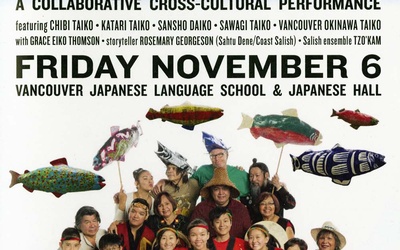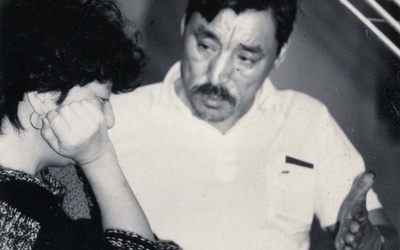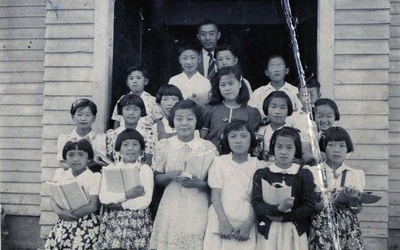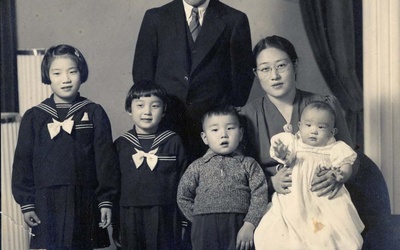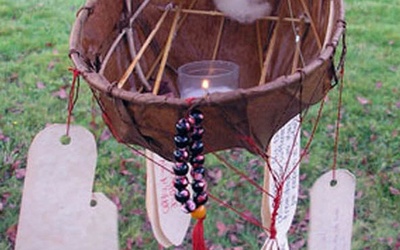Canadian Nikkei Series
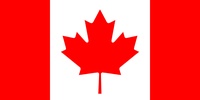
The inspiration for this new Canadian Nikkei interview series is the observance that the gulf between the pre-WW2 Japanese Canadian community and the Shin Ijusha one (post-WW2) has grown tremendously.
Being “Nikkei” no longer means that one is only of Japanese descent anymore. It is far more likely that Nikkei today are of mixed cultural heritage with names like O’Mara or Hope, can’t speak Japanese and have varying degrees of knowledge about Japan.
It is therefore the aim of this series to pose ideas, challenge some and to engage with other like-minded Discover Nikkei followers in a meaningful discussion that will help us to better understand ourselves.
Canadian Nikkei will introduce you to many Nikkei who I have had the good fortune to come into contact with over the past 20 years here and in Japan.
Having a common identity is what united the Issei, the first Japanese to arrive in Canada, more than 100 years ago. Even in 2014, it is the remnants of that noble community that is what still binds our community today.
Ultimately, it is the goal of this series to begin a larger online conversation that will help to inform the larger global community about who we are in 2014 and where we might be heading to in the future.
Stories from this series
The Remarkable Life and Times of Grace Eiko Thomson - Part 5
May 10, 2016 • Norm Masaji Ibuki
Read Part 4 >> Your career path? What might be lessons for emerging artists and curators? I began as a studio artist, however, perhaps because I began so late in life, in short order, I had moved to curating exhibitions and to teaching art history. When I began my university years, I was thinking not so much about a career choice in art, but in soul searching, as I never felt comfortable in my environment, always feeling a lack, an …
The Remarkable Life and Times of Grace Eiko Thomson - Part 4
May 3, 2016 • Norm Masaji Ibuki
Read Part 3 >> Beginning of an artistic practice/art career Where did you go to school? In telling my own story, I realize that who I am and who I became has everything to do with who my parents were, where they had come from, what expectations they had when they made a choice to live here in Canada, and how it all ended for them but continued toward resolution in my life. Undoubtedly my education began at home, though …
The Remarkable Life and Times of Grace Eiko Thomson - Part 3
April 26, 2016 • Norm Masaji Ibuki
Read Part 2 >> How was growing up and living in Winnipeg different than other places in Canada? What kind of interaction between immigrant groups do you recall? Ukrainians, Mennonites, and First Nations? Finally, restrictions were lifted on April 1, 1949, some seven years after our internment, and more than four years after the end of the Pacific War. Asian Canadians were allowed to vote federally in June 1948, and provincially a year later. But of course most Japanese Canadians now living …
The Remarkable Life and Times of Grace Eiko Thomson - Part 2
April 19, 2016 • Norm Masaji Ibuki
Read Part 1 >> Why did they ‘choose’ to go to one of the ‘self supporting’ camps? For parents and adult individuals, it was a trying time. The only consolation was that they were not alone. Close to 22,000 Japanese Canadians were leaving the West Coast. But for us children, it was no more than an adventure. My mother dressed us in our Sunday best as though we were going on a holiday trip. There were no casual blue jeans …
The Remarkable Life and Times of Grace Eiko Thomson - Part 1
April 12, 2016 • Norm Masaji Ibuki
“I believe art is about finding one’s place, the journey not limited by one’s own history, but about expanding one’s thoughts through sharing with others. It is, in my opinion, solely about living. Living and doing without necessarily having to consciously interpret, define, or choose.” —Vancouver art curator, historian, and educator Grace Eiko Thomson When Hamilton art curator Bryce Kanbara announced that there was going to be an artists symposium in April, it was with some enthusiasm that I learned …
Following the ‘Wabi Sabi’ Way With Vancouver Artist Haruko Okano - Part 2
Feb. 16, 2016 • Norm Masaji Ibuki
Read Part 1 >> What is the value of artists being ‘culturally connected’ to other Japanese Canadians (JCs)? The value of being culturally connected to other JCs has to be expressed by the JC community otherwise we Nikkei artist are drawn more to interact and form stronger bonds with the communities outside of the JC community. Our parents focused on their children being successful and so they became business people, professionals as lawyers, doctors, teachers. The emphasis was not on …

